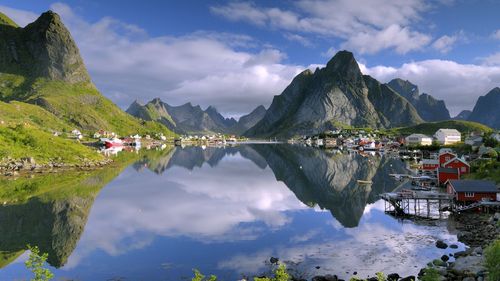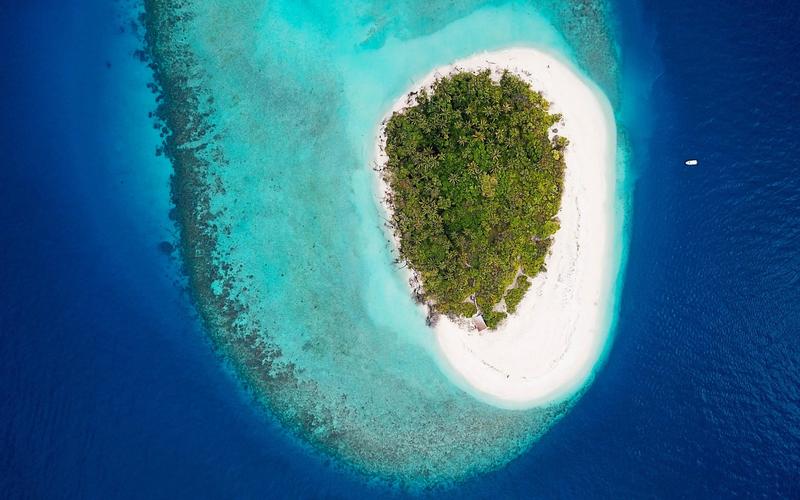Exploring the Importance of Global Cultural Resource Preservation
As the world becomes increasingly connected through global trade and technology advancements, cultural resource preservation has become more critical than ever. The term “cultural resources” refers to anything that has historical, archeological, or anthropological significance. These resources serve as a vital link to our past and help us understand human development throughout history. In this article, we will explore the importance of global cultural resource preservation and how it impacts our society.
Cultural Diversity and Understanding
Cultural resource preservation provides us with a deeper understanding of different cultures, religions, and traditions. By preserving cultural sites, artifacts and landmarks, we can learn about the customs and beliefs of our predecessors and understand how they shaped our society. Museums, galleries, and heritage sites allow us to connect with our past, and by doing so, we can appreciate and celebrate our cultural diversity. Understanding other cultures is essential for promoting world peace and reducing cultural divides.
Economic Value
Cultural resources are also vital for economic growth. The travel and tourism industry relies heavily on cultural resources to attract tourists and generate revenue. According to the World Travel & Tourism Council, cultural tourism generated $2.8 trillion in economic output and supported 29.8 million jobs in 2019. Cultural sites and landmarks, such as the Taj Mahal, the Grand Canyon, and the Great Wall of China, draw millions of visitors each year. Thus, preserving cultural resources has a significant positive impact on the global economy.
Environmental Conservation
Preserving cultural resources also has environmental benefits. Many cultural resources are located in natural areas that are home to diverse flora and fauna. Protecting these resources helps conserve natural habitats and biodiversity. Moreover, many sites and structures require specific conservation efforts to ensure their stability and avoid damage from natural disasters and other environmental hazards.
Technological Advances and Preservation Methods
Advances in technology have made it easier to preserve cultural resources and protect them from damage or loss. Digital imaging, 3D printing, and other technologies enable researchers and conservationists to study and document artifacts and historical sites without damaging them. Additionally, data analytics and remote monitoring assist in monitoring the health and stability of cultural resources, identifying potential risks and creating an emergency response plan in case of a disaster. With technological advancements, we can preserve our cultural heritage better than ever before.
Case Studies
There are plenty of examples of successful cultural resource preservation efforts worldwide. The Egyptian Pyramids, the Forbidden City in China, and the Machu Picchu in Peru are all examples of cultural preservation attracting visitors, generating revenue, and promoting understanding of different cultures. In the United States, the National Park Service is responsible for preserving sites such as the Grand Canyon, Yellowstone National Park and the Statue of Liberty. These sites play a significant role in American history and culture.
Conclusion
In conclusion, preserving cultural resources is more critical now than ever before. By protecting these resources, we can foster cultural understanding, promote economic growth, conserve the environment, and advance technological knowledge. In the face of natural disasters, climate change, and other threats, preserving cultural resources is crucial for ensuring that future generations have a connection to our past. It is up to all of us to work together to protect and preserve these critical resources for a better future.




